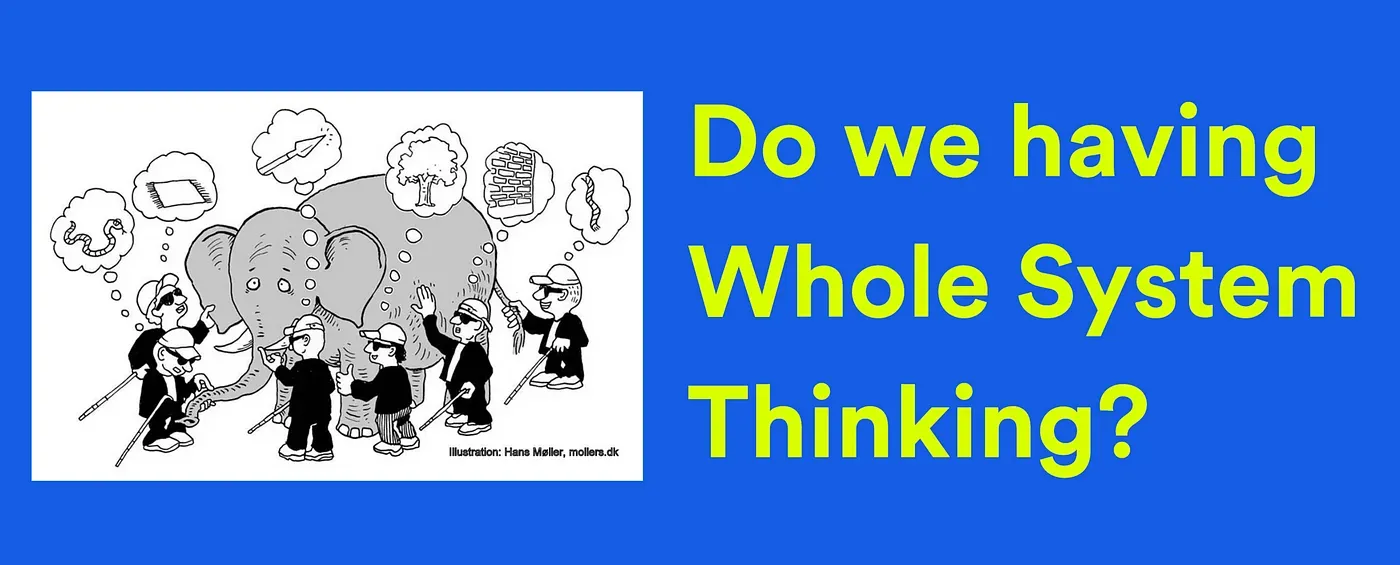Balancing Bug Fixes and Features in Software Development

Can a software ever be completely free of bugs? To some, the answer might seem straightforward: “Yes, if there’s no one using the software or if it consists of just a few lines of code.” However, the reality of the tech world is far more complex. As software grows in complexity, the challenges it poses, including bugs, become increasingly intricate.
In the world of software engineering, the perennial dilemma often faced by developers is whether to prioritize bug fixes or continue with feature development.
Embracing Whole System Thinking
Beyond Feature-Centric Development
One of the challenges often faced by software engineers is the tendency to become entrenched in the specific feature or component they are working on. While this focus is essential for detailed and thorough development, it can sometimes lead to a myopic view. Engineers may inadvertently overlook the broader implications of their work within the entire system.
The Power of Whole System Thinking
Whole system thinking is a mindset that encourages engineers to step back and view the software as a cohesive entity rather than a collection of isolated features. When engineers adopt this perspective, they begin to see the interconnectedness of various components and how changes in one area can ripple through the entire system.
Whole System Thinking in the Restaurant Business
Beyond Individual Dishes
Imagine you’re the owner of a restaurant, and you’re planning to introduce a new menu item — a delectable pasta dish. Your head chef, skilled in pasta preparation, starts working on perfecting the recipe. It’s tempting to focus solely on the details of this dish — the type of pasta, the sauce, and the garnishes.
The Whole Dining Experience
However, whole system thinking urges you to step back and consider the broader context. In a restaurant, the dining experience is not just about individual dishes; it’s about the entire journey from the moment a customer enters to the moment they leave.
Identifying Interconnections
By adopting this perspective, you may realize that the new pasta dish, while delicious on its own, might not align with the overall theme or cuisine of your restaurant. Or, you may recognize that the timing of dish preparation needs to sync with appetizers and other courses to ensure a smooth dining flow.
A Software Development Parallel
In the same way, software engineers can sometimes become fixated on specific features or components, potentially losing sight of how these elements fit into the larger system. Just as a restaurant owner considers the entire dining experience, software developers need to think about the overall user experience, system performance, and how changes in one part of the codebase can impact other areas.
Prioritizing Bug Fixes: Industry-Specific Considerations
Embracing Realism
Admitting that achieving a completely bug-free software is a formidable challenge is the first step toward effective bug management. In the world of complex software, perfection is often elusive, and it’s essential to acknowledge this reality.
Industry-Specific Critical Areas
In various industries and software domains, the definition of critical issues that demand immediate attention can differ significantly. Let’s explore a few examples:
1. Healthcare Software: In healthcare software applications, the utmost priority may be patient safety and data integrity. Any bug or vulnerability that compromises patient records or clinical processes must be treated as critical. Ensuring compliance with healthcare regulations and standards is also paramount.
2. Financial Software: For financial software, accuracy in financial calculations and transaction processing is crucial. Any bug that affects the integrity of financial data or compliance with financial regulations must be addressed urgently. Security vulnerabilities that could lead to financial fraud or data breaches are high-priority concerns.
3. Aerospace and Aviation Software: In the aerospace and aviation industry, software bugs can have life-or-death consequences. Issues related to flight control systems, navigation, or communication can be catastrophic if not addressed immediately. Rigorous testing and validation are essential in these contexts.
4. E-commerce Platforms: Returning to our previous example, in e-commerce platforms, critical issues might revolve around payment processing, order fulfillment, and data security. Any bug that disrupts the checkout process, leading to revenue loss or customer dissatisfaction, is a top priority.
Tailoring Prioritization for Your Context
Tech teams should adapt their prioritization strategies to the specific industry and software they are working on. Identifying and closely monitoring these industry-specific critical areas ensures that software remains reliable, secure, and aligned with industry standards and user expectations.
Conclusion
In the world of software development, where time and resources are often constrained, making the right choices regarding bug fixes and feature development is paramount. We’ve seen that achieving a completely bug-free software can be an elusive goal, especially in complex systems.
Recognizing this reality and embracing a holistic view of the software, one that considers the entire ecosystem, is a crucial first step. Just as importantly, acknowledging the unique demands of your industry or software domain can guide your prioritization efforts effectively.
In an environment with limitations, whether it’s a tight project deadline or a constrained budget, the ability to identify the right pieces of the puzzle and allocate effort where it matters most becomes a strategic advantage. It’s about focusing on the critical areas that align with your goals, meet industry standards, and ultimately deliver the most significant value to users.

